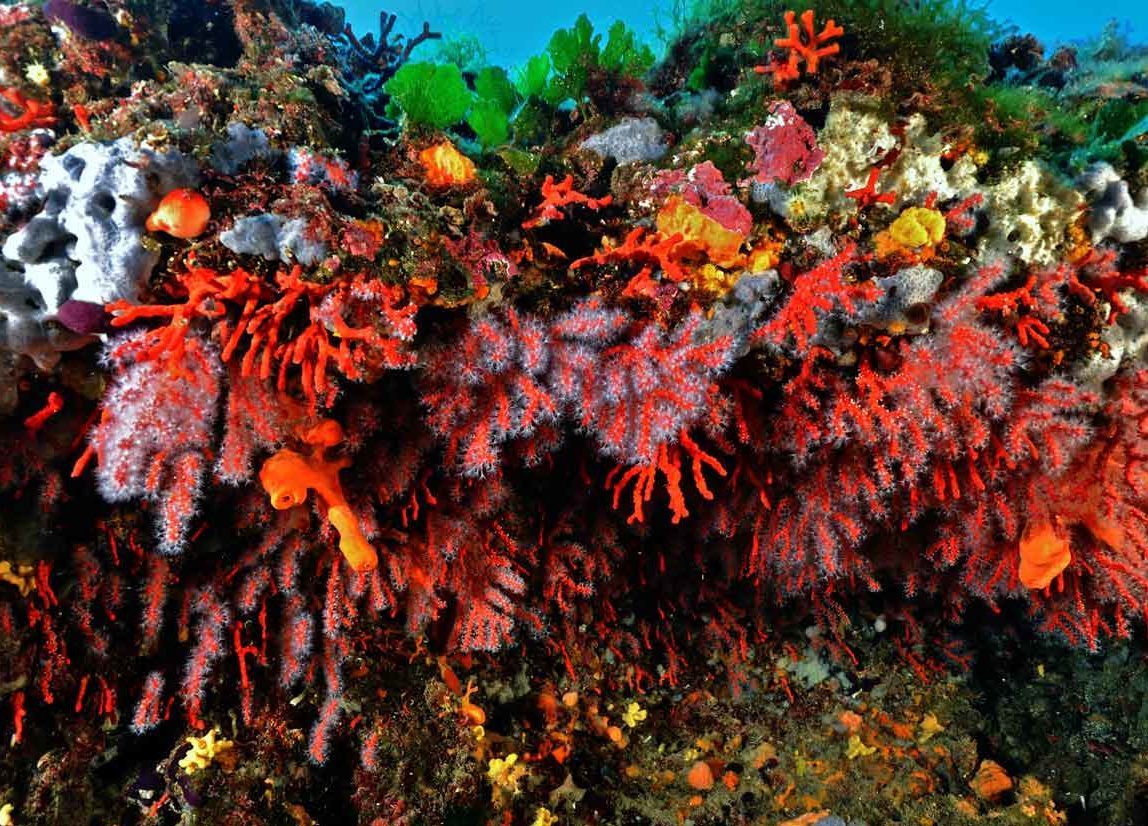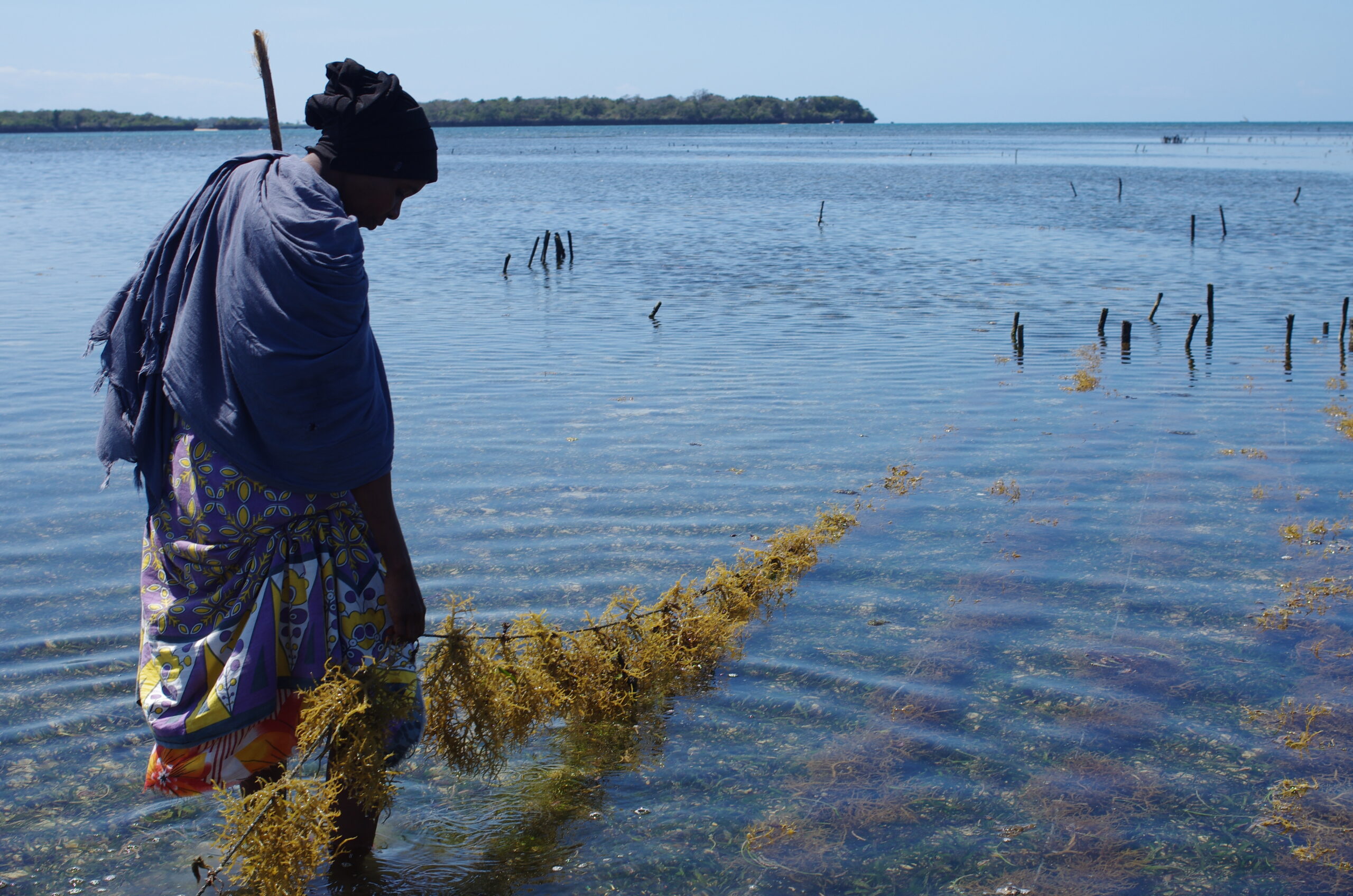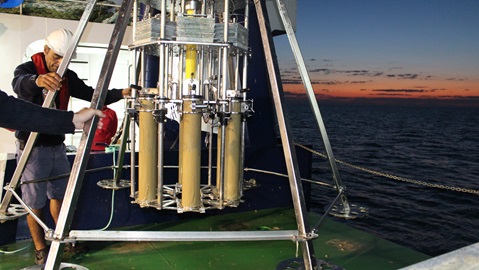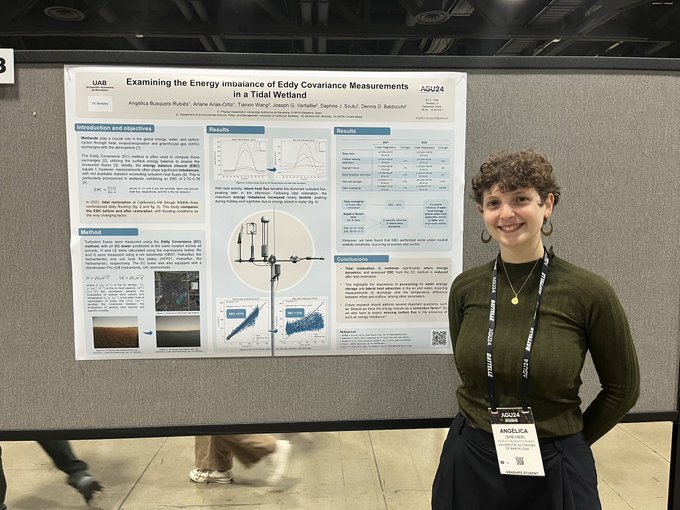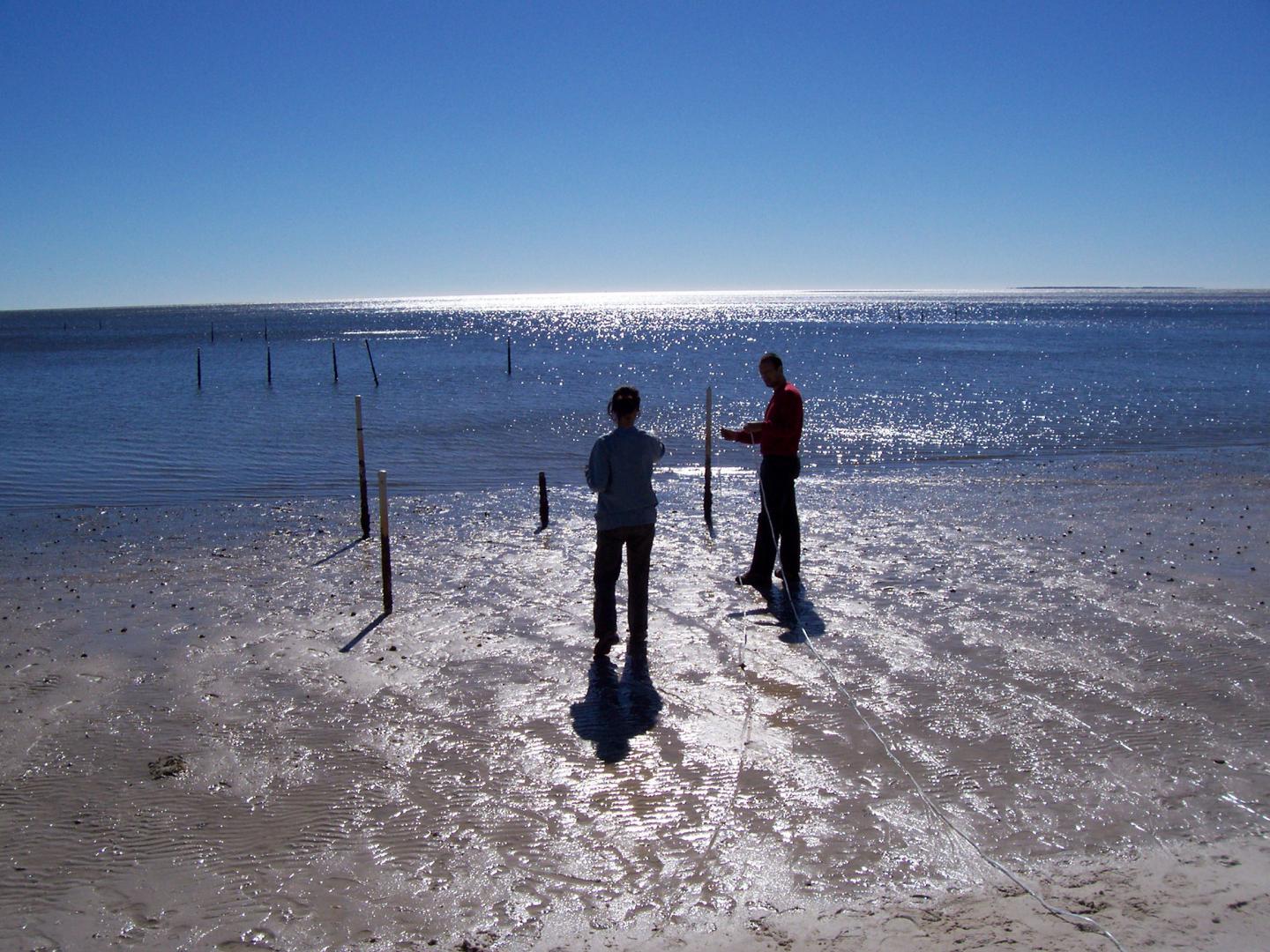Research Line
Paleoceanography
Archives of climate and oceanographic changes
This research line exploits some of the major planktonic and benthonic calcifiers that impart fossil records of climate and oceanographic changes in marine sediment and other archives over diverse timescales. Time periods of particular interest include the last several centuries as a form of pre- and post-anthropogenic influence since the Industrial Revolution, the last glacial maximum (LGM) and subsequent deglaciation as a form of exploring more “natural” global warming processes, as well as others from the deeper geological past. For example, recent group research has explored the Mid-Pleistocene Transition (MPT) about 1Ma, and land-emplaced marine sediments as old as the middle Miocene about 15Ma.
Study areas often exploit the local Mediterranean Sea due to sample access, and research questions of particular interest to local and collaborating groups in Spain, Italy, and Greece, but also much further afield in regions like the Atlantic sector of the Southern Ocean, the NE Atlantic, and the NE Pacific. Research group efforts have profited from the repository of marine sediment samples available through the Ocean Drilling Program (ODP). Furthermore, our group has been active in recent multi-faceted oceanographic research expeditions to the Mediterranean and the N. Pacific, and these typically include the requisition of new sample materials for years of subsequent study.

Foraminifers (Photo: M. Grelaud).
Tools and techniques involve species assemblage composition changes as a function of time, to address climate, oceanography, hydrography, temperature, salinity, nutrients, stratification, many aspects of surface ocean marine ecology, and more. More focused techniques involve geochemistry like stable isotopes of O and C, and trace metal compositions like Mg/Ca, Sr/Ca, Ba/Ca, and Cd/Ca as “proxies” for key properties like sea surface temperature (SST), and much more. Often proxies are combined for “multi-proxy” studies and comparisons to make for more complete paleo-interpretations, and further ability at detailed comparisons to other published research.

Picture of a sediment core (MedSeA Cruise 2013, Alboran Sea).
This line explores and exploits the pathways of micropaleontological and geochemical tracers, in conjunction with other proxies (foraminiferal and coral trace elements and isotopes). Including Climate influence on human evolution and evolution of human impact on the aquatic environment:
- Collaborate with palaeo-anthropology to decipher the extent to which a correlation exists between technical and behavioural innovation of ancient humans and past climate changes.
- Understanding the main land and atmospheric contamination pathways in the aquatic environment to understand the possible effects on ecosystems and humans.

